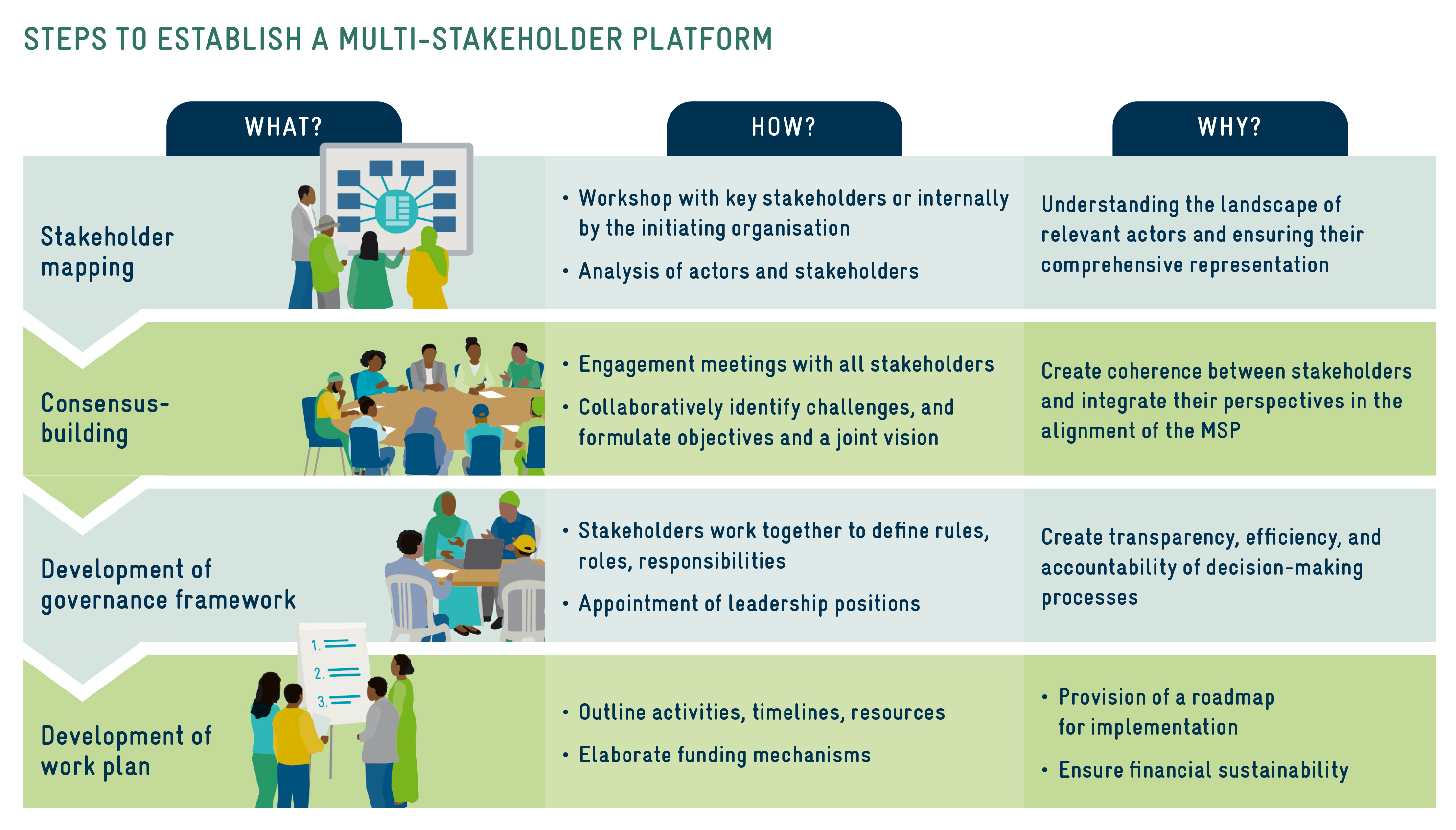Improve infrastructure,strengthen patrol and management.
To enhance economic investment in forest fire prevention, the Dalaoling Protected Area has implemented comprehensive infrastructure improvements. Specifically, the protected area is equipped with three management stations, seven business management offices, one forest fire command center, two sets of forest fire monitoring and early warning systems, 32 surveillance cameras, nine patrol vehicles, two fire engines, nine drones, and 60 patrol terminals. These measures have enabled the reserve to achieve 54 consecutive years without major fires, thereby ensuring the safety of the forest musk deer habitat.
Strengthen patrol and improve the management level of forest resources. The forest musk deer habitat is included in the scope of public service forest protection, and strict protection is implemented. The forest chief system is the general starting point of Dalaoling Reserve, the responsibilities of forest chief are strengthened, the co-construction and co-management mechanism is established with 11 villages and 5 townships around it, and a new model of co-construction and co-management of double forest chiefs of protected areas and townships is explored, and 30 forest chiefs are set up at three levels: bureau, station and plot. Every year, we regularly hold forest ministers' coordination meetings on resource protection, forest fire prevention, and special actions to solve the problems of resource protection and people's livelihood development. Employ more than 20 full-time conservators, and regularly carry out various activities such as fire prevention publicity and education vehicle dispatch, household distribution of various publicity materials, hanging fire prevention publicity banners and colored flags, to protect the living environment of forest musk deer and other wild animals.
1.1. Forest fire prevention is everyone's responsibility, and special groups should be properly managed;
2. Increase the ways to increase villagers' income and reduce dependence on natural resources.
